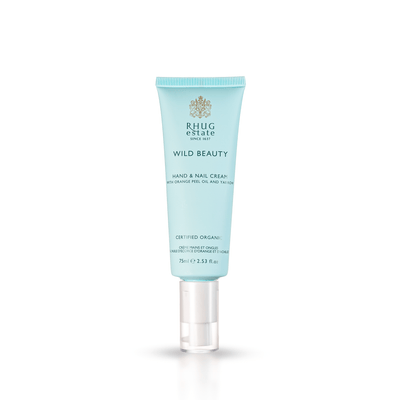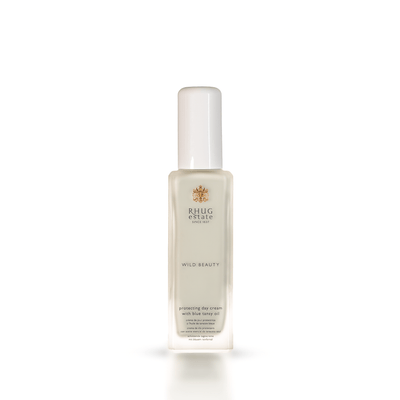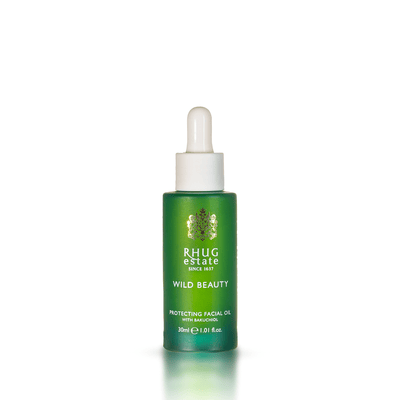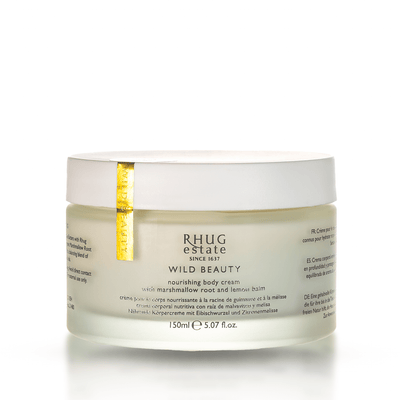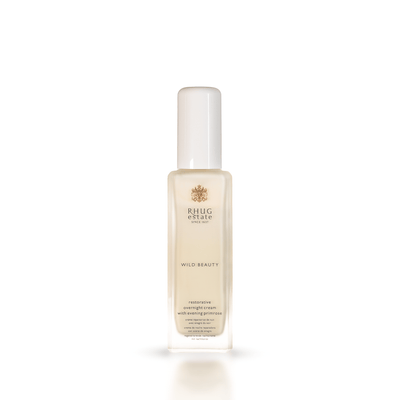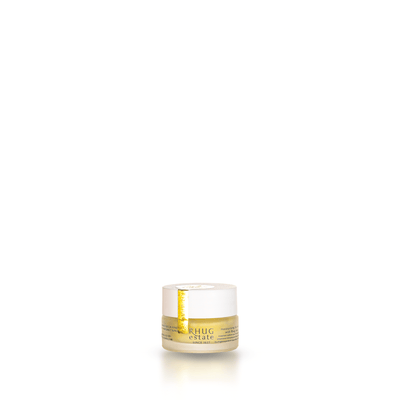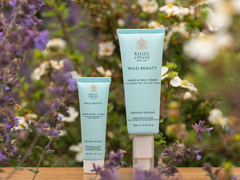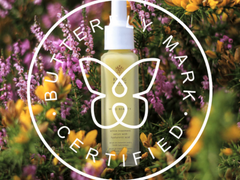Winter is beautiful, but your skin pays the price. Step outside on a frosty morning and you’ll feel it instantly. The air nips at your face, the wind steals any hint of softness, and the warmth of your home feels a world away. Creating the ideal winter skincare routine is about keeping your skin resilient, calm, and glowing, even when the season is unkind.
Introduction to Winter Skincare Tips
Cold months change how skin behaves. The natural oils that keep everything supple slow down, and the sudden shift between biting winds and dry indoor heat leaves the skin unsettled. Tight cheeks, rough patches, and that uncomfortable sense of irritation become familiar.
The good news is that skin can easily adapt. A few thoughtful adjustments from the cleansers you choose to the way you care for delicate areas make all the difference. Think of winter skincare as less about overhauling everything and more about giving your own skin a little extra consideration. That’s what this guide is about: small steps that keep skin in winter nourished, comfortable, and luminous.
Common Challenges with Dry Winter Skin
If your face feels tight within minutes of leaving the house, you’re not alone. Winter months bring a whole mix of skin concerns that don’t appear as strongly in warmer weather.
- Flaky skin across the nose and cheeks
- Itchy skin on the body
- Very dry skin on the hands from constant washing
- Oily areas are calming down, while dry patches worsen in combination skin types
- Dehydration is showing up even in otherwise balanced skin
- Redness or stinging when exposed to harsh skincare ingredients or sudden temperature shifts
These changes aren’t a sign of “bad skin.” They’re simply the skin adapting to a tougher climate. That’s why a winter skincare routine is about protection, hydration, and prevention, not about chasing perfection.
Shop Winter Skincare Products
Choosing the Right Winter Skin Care Products

Think of winter skincare products as a seasonal wardrobe. Just as you swap lightweight shirts for knits, your skincare should move to richer textures with nourishing ingredients that strengthen the skin barrier.
Light gel moisturisers may work in summer, but winter calls for creams and balms that trap moisture. Natural ingredients, including almond oil, jojoba oil, and shea butter, replenish fatty acids, while calming extracts like chamomile help ease visible redness.
It doesn’t have to be complicated. Pay attention to how your skin feels and adjust step by step — add a hydrating serum if cheeks feel rough, or reach for a balm when lips crack. These small changes form the foundation of an effective routine in colder months.
-
Start with a Gentle Cleanser
The first step is always a thorough cleanse. A natural skin cleanser with a creamy or lotion texture is gentler on the skin’s surface. It sweeps away impurities without removing the natural oils your sebaceous glands are working hard to hold on to.
A gentle cleanser also makes a difference in comfort. Instead of that squeaky-clean, tight feeling, you’re left with skin that still feels soft after rinsing. It’s a minor adjustment, but one that prevents dryness before it even begins.
The Benefits of a Cleansing Balm
For evenings, especially if you wear makeup or sunscreen, a cleansing balm is a true winter ally. The richer texture melts onto the skin, dissolving the day’s build-up with ease. It transforms from balm to oil, wrapping the skin in nourishing ingredients and leaving it calm rather than stripped.
Think of it as a comforting ritual: massaging in a balm, then removing it with a warm cloth, gives both a thorough cleanse and a moment of self-care. For dry or irritated skin, this is often the difference between constant tightness and a complexion that feels cared for.
-
Balance and Refresh with a Natural Skin Tonic
After cleansing, skin is receptive but also more vulnerable. This is where a natural skin tonic helps. A few drops on cotton or pressed into the skin restore balance and begin replenishing hydration.
Unlike harsh toners of the past, today’s formulas are designed to calm redness, prevent dryness, and prepare the skin for the next step. Ingredients like rose water or aloe feel refreshing, while humectants prevent the early stages of skin dehydration.
-
Hydration Boost for Dry Skin
This is the heart of a winter skincare routine. Dry, flaky skin doesn’t improve on its own; it needs layers of hydration and richer textures to trap moisture.
Hyaluronic Acid Serums
A hydrating natural skin care serum with hyaluronic acid pulls water into the skin’s outermost layer, making it look and feel smoother. Think of it as giving the skin a long drink after hours outdoors. It plumps and keeps the skin’s natural barrier flexible, allowing it to cope better with environmental stressors. Pairing hyaluronic acid with vitamin C is another way to support skin in winter, as it protects against dullness caused by a lack of sun exposure.
Layering with Natural Moisturisers
Once hydration is pulled in, it needs to be sealed. Natural moisturisers with nourishing ingredients like almond oil, shea butter, and jojoba oil deliver fatty acids that replenish what the skin loses to cold air and central heating. For those with combination skin types, using a lighter cream in the morning and a richer texture at night can help maintain balance.
Night-Time Repair with an Overnight Cream
At night, the skin naturally works to repair itself. Using an overnight cream provides additional moisture just when your skin is primed to absorb it. These formulas often include calming ingredients to reduce visible redness, along with nourishing ingredients that support regeneration. Waking up to hydrated skin instead of tightness makes mornings far easier during the winter months.
-
The Role of a Hydrating Eye Cream
The area around the eyes is thin, delicate skin that's prone to dryness. In winter, when the skin's natural oils are scarce, fine lines can seem deeper and irritation more common. A hydrating eye cream is specifically designed to address this, providing extra comfort without overwhelming such a delicate area. Eye care products with calming ingredients soothe visible redness, while those with fatty acids protect against moisture loss.
-
Tackling Dark Circles in the Colder Months
Dark circles aren’t only about sleep. In cold weather, poor circulation and dehydrated skin make shadows look more prominent. Using calming, hydrating ingredients can soften their appearance, while a gentle massage helps stimulate blood flow. It’s a reminder that even delicate skin benefits from attention in the winter months.
-
Protecting Against Dry Lips
Lips lack sebaceous glands, so they don’t produce their own natural oils. In winter, that makes them one of the first areas to suffer. Dry indoor heat and cold winds combine to leave them cracked, sore and uncomfortable.
Reach for lip care products with nourishing ingredients. These deliver moisture and help trap it, keeping lips soft even when the air is dry. A light layer applied morning and night provides reliable protection. Avoid formulas with harsh fragrance or alcohol, as they only worsen flaky skin. With consistent care and the right products, lips stay comfortable during the festive season and beyond.
Keeping Radiant, Glowing Skin Even in Winter
Radiance isn’t only about what the natural skin care products you apply. Habits play a role, too.
-
Why You Should Skip the Hot Shower
It’s tempting to step into hot water after a long day in the cold, but hot water strips the skin of its natural oils. What feels soothing in the moment often leaves very dry skin and itchiness later. A lukewarm shower followed by a body lotion with essential oils or shea butter helps the skin retain moisture and prevents dryness from spreading across the body.
-
Gently Exfoliating to Remove Dead Skin Cells
A gentle polish, once or twice a week, with salicylic acid or lactic acid, makes a world of difference. Removing flaky skin allows hydrating ingredients to sink in more effectively, leaving the skin smooth rather than rough. The goal is to refresh, not overdo it. Even a light exfoliation can brighten a dull complexion and maintain glowing skin through the winter months.
-
Use a Humidifier for Comfortably Hydrated Skin
Warm rooms can be a relief, although the dry air quickly dries out the skin. A humidifier puts moisture back into the air, which your skin really appreciates. It helps ease the dryness that comes from indoor heat or AC, so your skin holds on to hydration and feels comfortable instead of tight.
Tips for Sensitive Skin in Cold Temperatures
Sensitive or delicate skin often reacts more intensely when the temperature drops during winter. Irritated skin, visible redness, and flare-ups of dryness are common. Choosing natural ingredients and calming formulations is the best defence.
- 1. Use a hydrating serum with lactic acid. In low concentrations, it smooths the outermost layer without overwhelming delicate skin.
- 2. Apply natural moisturisers with nourishing oils. Ingredients like almond oil or shea butter reinforce the skin’s natural barrier.
- 3. Make body lotion part of your routine. Applying after bathing prevents dryness from spreading across arms and legs.
- 4. Balance your skincare products. Combination skin types can use lighter creams by day and richer textures at night for comfort.
The main principle is to keep it simple. Consistency and gentle support go further than overloading sensitive skin with too many skincare ingredients at once.
A Cold Weather Routine That Works
Winter doesn’t have to mean dull, uncomfortable skin. With smart choices, calming rituals, and products that strengthen your skin’s natural barrier, you can avoid dryness, ease irritation, and feel confident in the cold. When you care for your skin in winter with nourishing ingredients and a routine tailored to the season, the results speak for themselves.
For consciously formulated winter skincare products made with estate-grown botanicals and natural ingredients, explore Rhug Wild Beauty. This organic skincare shop offers moisturisers, eye and lip care, and other essentials that round out a complete winter routine.


